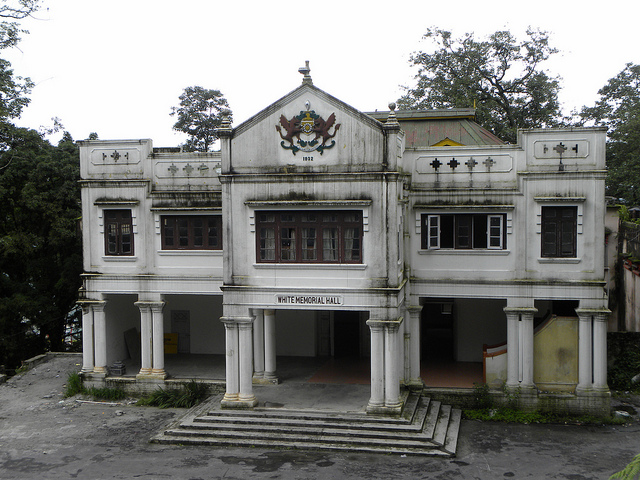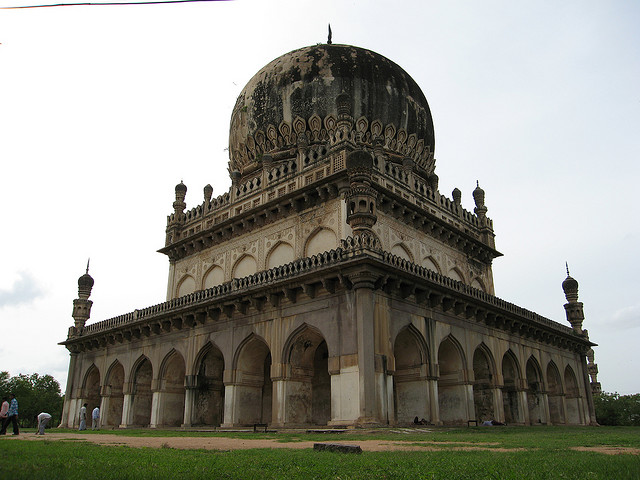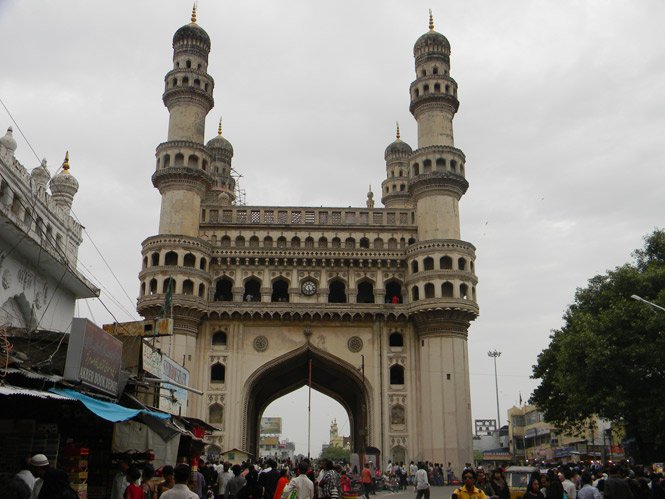Charminar, an excellent blend of the Indo-Islamic architecture, is one of the places that will come to mind when one plans to visit Hyderabad. It is a square-shaped structure standing as a witness to the glory of Qutub Shahi dynasty. The structure is 56 meters high and 30 meters wide. There are four minarets standing on the four corners of Charminar, each minaret having double balconies. The balconies offer a breathtaking view of the surrounding. These minarets are crowned with small, bulblike copulas.
History
Charminar has a history to its creation. It was built by Sultan Muhammad Quli Qutb Shah in 1591 AD. Sultan constructed this minar at the place where he prayed to “Allah" to eradicate the plague that was taking a tool over lives in his beloved city. When he prayed, He did not only ask for the sufferings of his fellow Muslim brothers to end but he prayed for the collective ‘peace’ and ‘prosperity’ of the whole mankind. That is what makes this minar an important symbol of communal harmony and peace which becomes all the more evident from the fact that one of the Hindu temple has been built at the foot of one of the towers of Charminar.



